News & Views, Volume 44 | Failed Grade 91 “Soft” Pipe Bend – A Case Study – Failure Occurred With Less Than 35,000 Operating Hours
By: Kane Riggenbach and Tony Studer
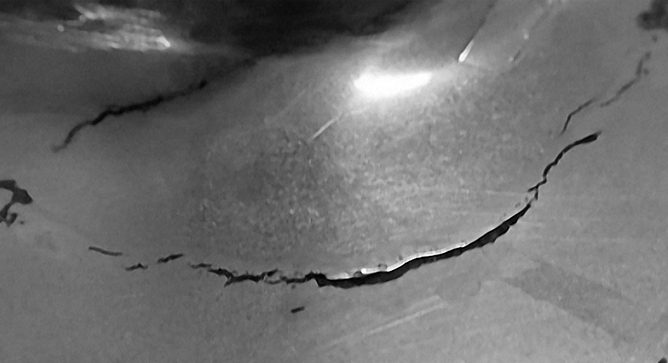
This article summarizes a case study for Grade 91 material in the “soft” condition, which was responsible for a steam leak after only 5 years of operation, illustrating how this material condition can result in forced shutdowns and safety hazards. It is because of these consequences that it is recommended to have a Grade 91 life management program to understand if your plant may have such vulnerability.
This case study provides general background to the steam leak and describes the subsequent metallurgical evaluations performed to verify that mal-heat treatment of the Grade 91 steel was the root cause of the leak. A follow-on article (the next issue, Volume 45, of News and Views) will provide additional insight into local stresses and analytical prediction of such failures, as well as highlighting key aspects of a Grade 91 life management program. Suffice it to say if this plant had implemented such a program, the vulnerability of the affected spool would have been identified and mitigating actions could have been taken to avoid the leak.

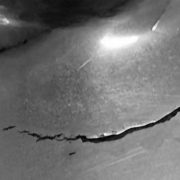
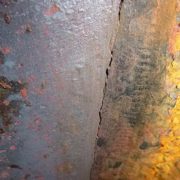
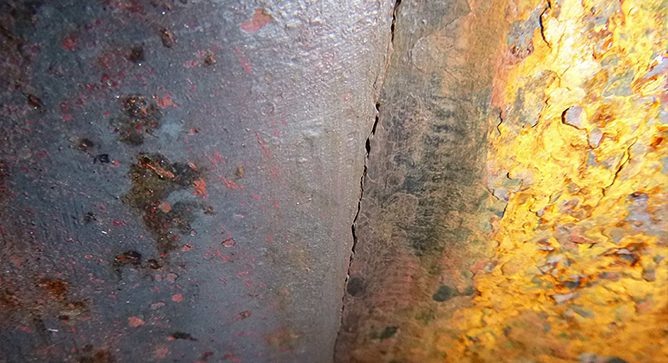 Determining a course of action once in-service damage is discovered often requires applying a multi-disciplinary approach that utilizes Nondestructive Examination (NDE), analytical techniques such as stress analysis, and metallurgical lab examination.
Determining a course of action once in-service damage is discovered often requires applying a multi-disciplinary approach that utilizes Nondestructive Examination (NDE), analytical techniques such as stress analysis, and metallurgical lab examination.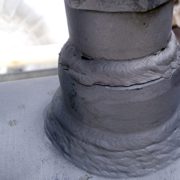
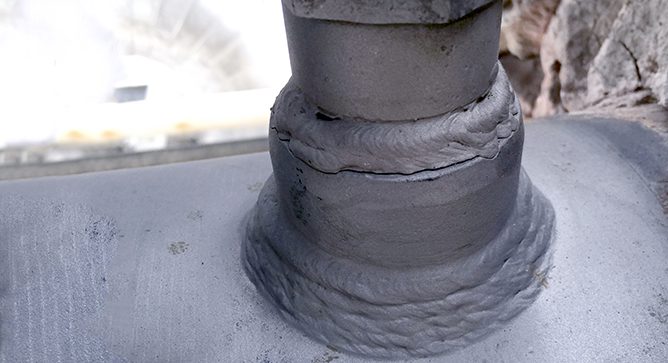 A dissimilar metal weld (DMW) is created whenever alloys with substantially different chemical compositions are welded together – for example, when a low-alloy steel such as Grade 22 (2¼ Cr-1Mo) is welded to an austenitic stainless steel such as TP304H (18Cr-8Ni).
A dissimilar metal weld (DMW) is created whenever alloys with substantially different chemical compositions are welded together – for example, when a low-alloy steel such as Grade 22 (2¼ Cr-1Mo) is welded to an austenitic stainless steel such as TP304H (18Cr-8Ni).